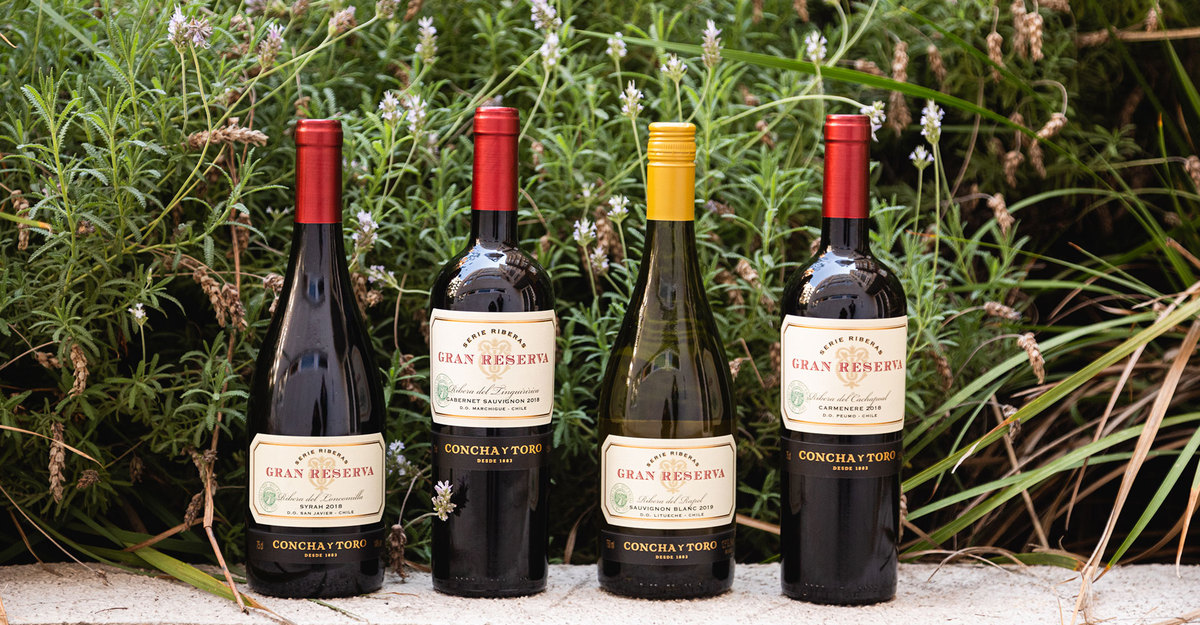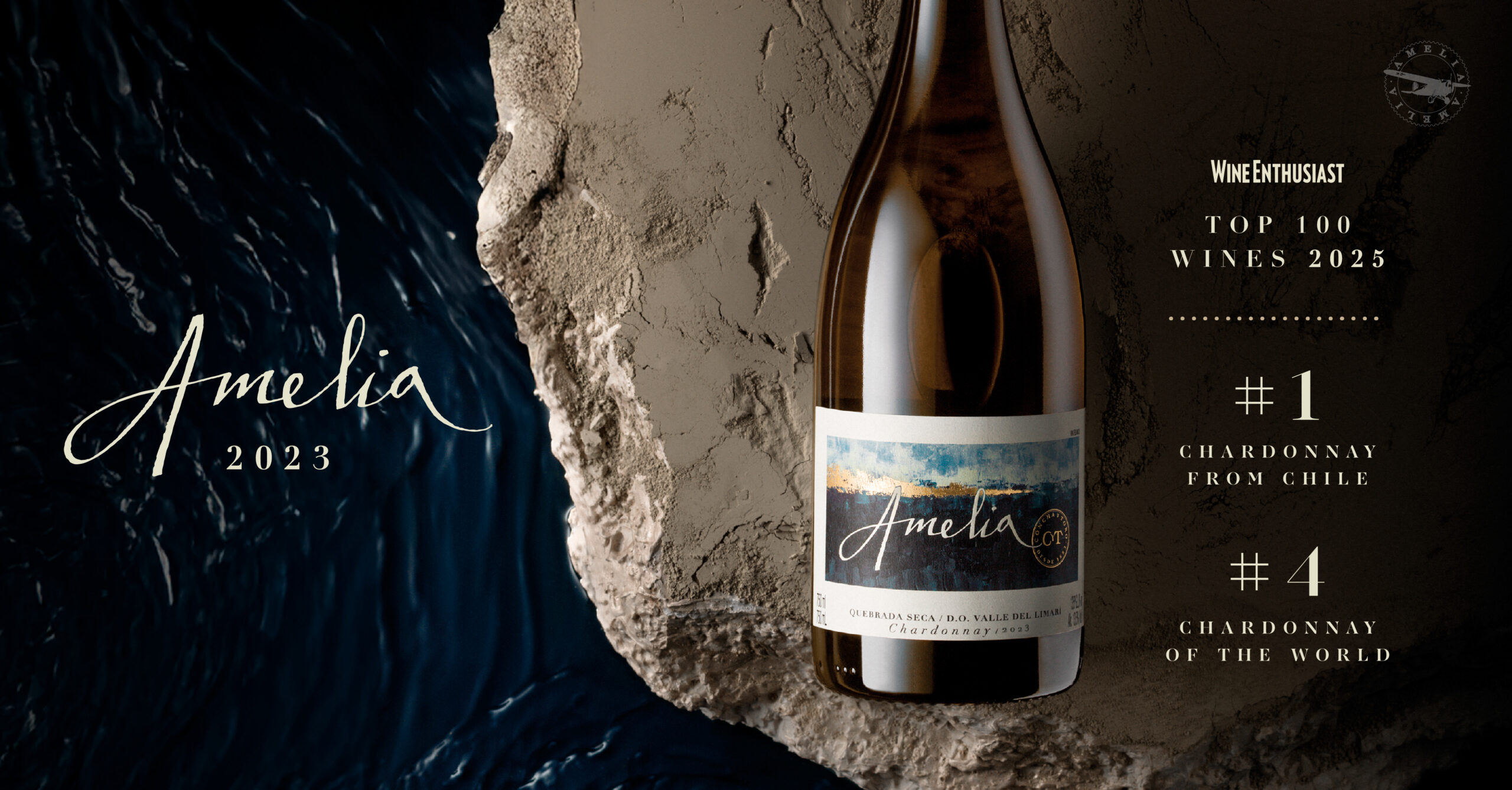26 de July de 2021
Sustainability in the world of wine
Thanks to the fact that the discussion around sustainability has gained strength in recent years, today we refer to it as a global movement. The future of the planet is an urgent concern that is being approached from various levels: governmental, industrial but also personal. We humans are becoming more aware of our actions, taking more responsibility while making decisions. And the wine industry answered the call.
When we say that something is sustainable, we refer to the “quality of being able to support itself, without outside help and without exhausting the available resources”, through three key dimensions: environmental, economic, and social. Applied to viticulture, this mean improvements in the way of making wine through practices that are not only ecological, but also economically viable and community committed. How? For example, from vineyard management to waste management, the use of energy resources and the type of packaging. An important concept is “to leave the land in better condition than the current one for the next generations”, explains Armand Gilinsky.
Globally the efforts are diverse. Organizations from different countries have created their own rules or accepted existing guidelines on sustainability. In New Zealand, for example, they have been promoting efficient water use practices for a decade. While in Chile an essential item has been optimizing energy efficiency and the use of irrigation water.
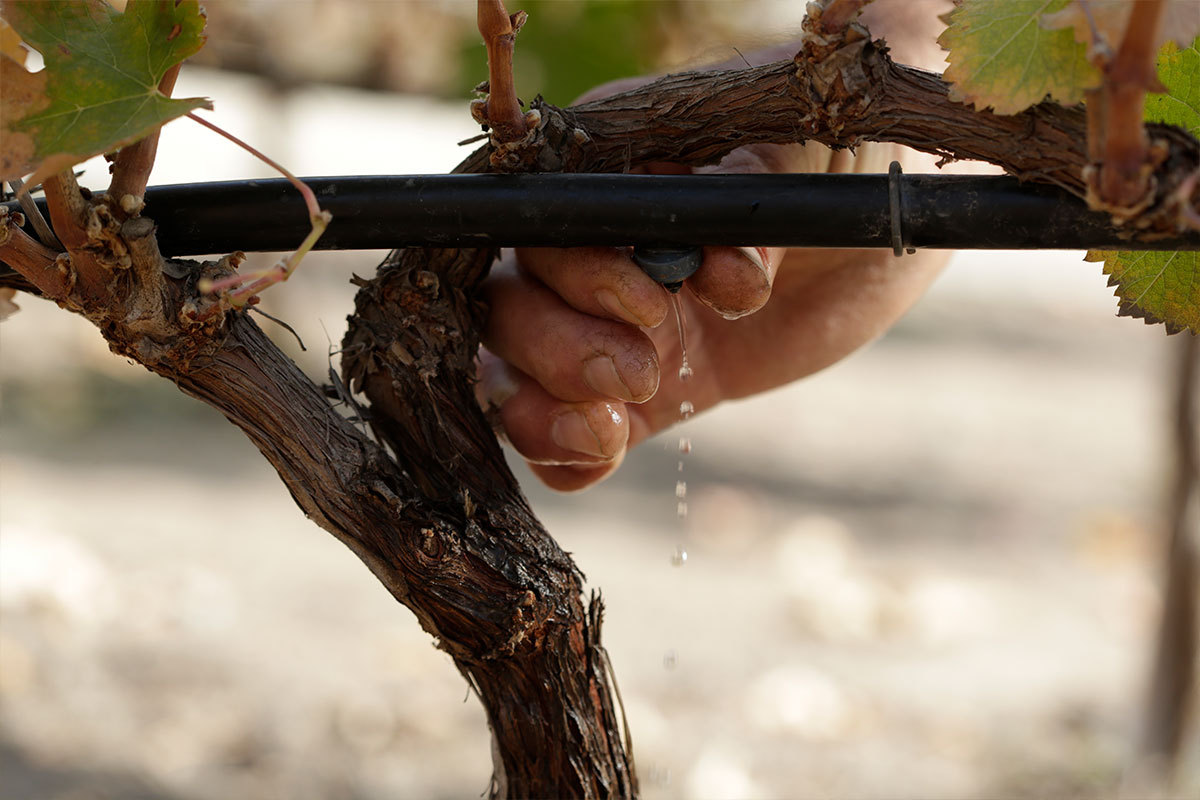
An important way in this transformation of the industry to a sustainable one is the use of certifications, where an independent third party evaluates whether or not, a wine producer complies with environmentally friendly standards.
These are some of the certifications that you can find today (whose stamps are printed on the wine labels) and that could help you in your purchase decision:
-
LIVE
Since 1999, this independent and non-profit organization has annually certified sustainable practices of the Pacific Northwest winemakers. Under internationally accredited standards and using the latest in university research, their work is based on agricultural records of biodiversity, risk, fertilizer use, energy use, carbon emissions, water management, safety and health of employees, which they request from any winery or vineyard that seeks to be accredited. Internationally recognized, LIVE has already validated 325 vineyards, 37 wineries and a total of 7,926 hectares.
-
GREEN-E® ENERGY
Recognized as a world leader in clean energy certification, Green-e® Energy has been working since 1997 with companies that want to reduce the environmental impact of their use of electricity. How? Investing in unlimited and free renewable energies: sun, wind and water, so that consumers can choose sustainable products and services. In 2021, the Gran Reserva wines have this sustainable attribute thanks to the use of renewable energy in the production of its wines. For example, through the implementation of solar panels in their vineyards.
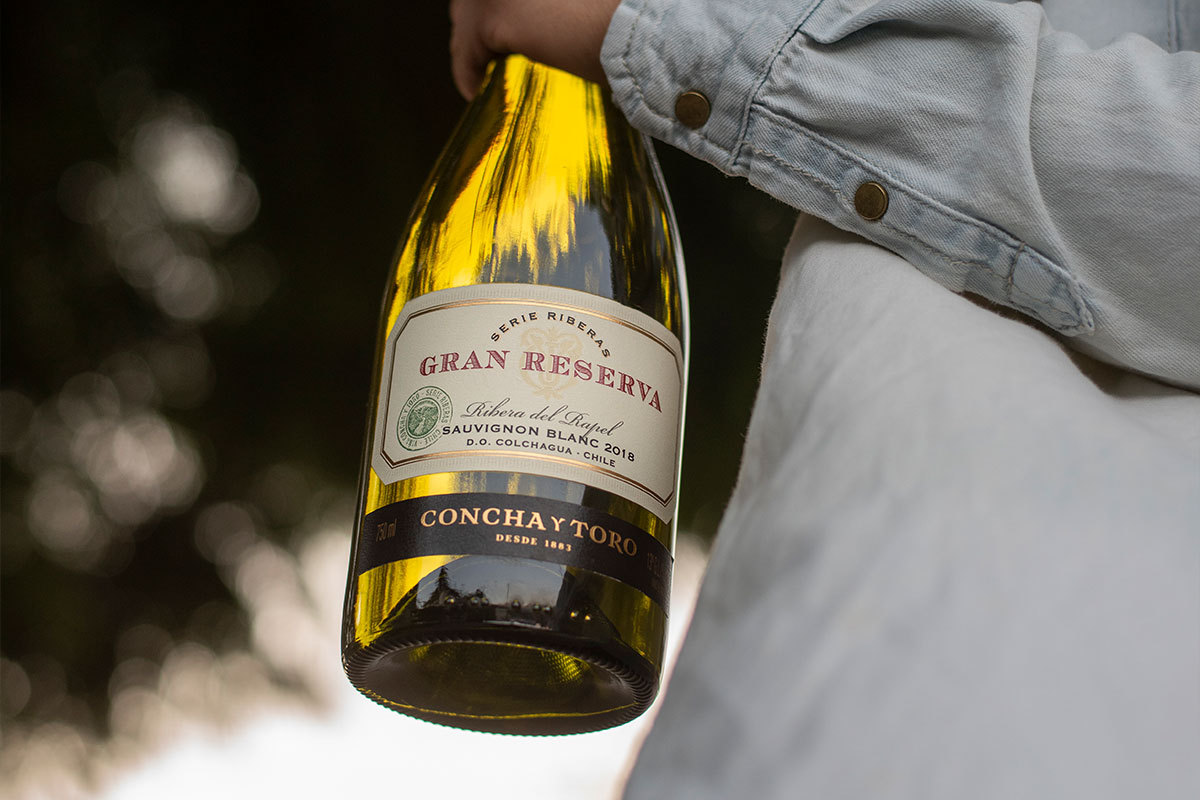
-
EMPRESA B
Sistema B, created in April 2012 in Latin America, is another non-profit organization that promotes forms of economic organization that can be measured from the well-being of people, societies and planet Earth. This, simultaneously and with short and long term considerations. One of the certifications that this organization gives to companies of all fields (not only wine producers) is Empresa B, guaranteeing a commitment to continuous improvement and socio-environmental business purpose at the centre of a company’s business model. Last April, Viña Concha y Toro became the largest wine-growing company to join this global movement, thanks to continuous and collaborative work in different environmental, social and governance areas, which has been working since 2011. On this path the company, for example, became the first winery in the world to start measuring its water footprint 10 years ago, which today is 50% lower than the average for the global wine industry.
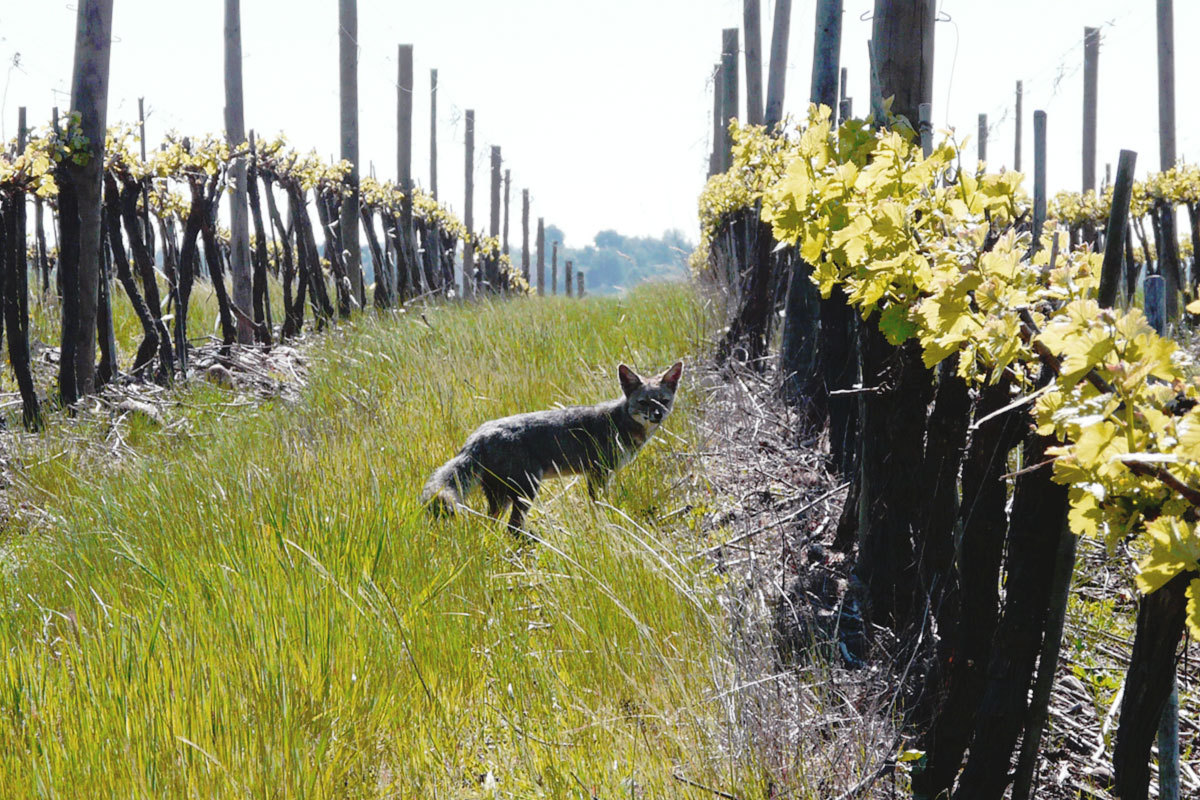
-
BIODYNAMIC WINE
Although not all biodynamic wines are automatically sustainable, without a doubt this holistic agriculture created in 1924 by the Austrian philosopher Rudolph Steiner, ensures that the standards of its production are ecological. But what is biodynamic agriculture? The one who understands that everything in the universe: plants, animals and human beings, are interconnected with the Earth and the cosmos. Thus, when man works the land or the animals, he gives back more than he takes from them.
The only biodynamic certification that exists today is given by Demeter, recognized in more than 50 countries and which guarantees (under strict standards in the case of viticulture) that the grapes for biodynamic wines, for example, are organic, harvested according to the moon calendar, that the vineyard reserves 10% of the surface for biodiversity, avoids the use of synthetic pesticides and herbicides, and that includes animals for vineyard work (such as ducks and geese for weed control and as a substitute for herbicides). As a result, biodynamic wines are double certified (as they must first be Organic), transforming them into more ecological and ethical wines, which is reflected in their character.
-
FAIR TRADE
Another certification used in the wine industry with a comprehensive approach to sustainability is Fair Trade. Buying a wine with this stamp guarantees that the wineries provide workers with decent wages and safe conditions. At the same time, they pay the grape growers a fair price, capable of covering the cost of sustainable viticulture, while investing in the community through essential services such as education, health and sanitation. Particularly important in wine-producing regions such as South Africa and South America, whose economic, social and political systems are more unstable, Fair Trade seeks that quality wines also make a difference in people’s lives.

